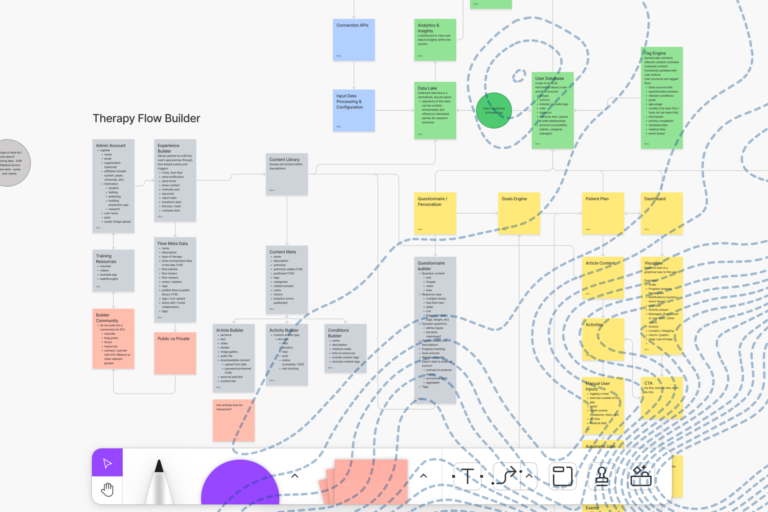You won’t need to spend a whole lot of time at the water cooler to find out that many of your colleagues spouses and significant others put in a, shall we say, lackluster effort this Valentine’s Day weekend. Most waited until the last minute and put together shabby, poorly conceived plans and gifts. Others probably forgot or ignored the event entirely, offering little more than a Valentine’s day hug, or a fistbump. Yes, a fistbump.
As the Valentines day shortcomings illustrate – relationships are not easy. The cold, hard truth is that any relationship worth having takes work to maintain. It might be the occasional flowers, or a romantic date night—or it might mean pretending you like antiquing or monster truck rallies. Being happy in a relationship means doing that extra little something to keep your partner happy as well.
This applies to all types of relationships: spouses and significant others, family, friends, colleagues… and customer-provider relationships are no exception. However, unlike the more personal relationships in our lives, the ones we enter with customers and providers are defined by financial terms and outcomes that makes the business part easier, but the relationship part harder. Payment for services rendered is only part of what make a customer-provider relationship successful. Here are a few tips that we use at Arcweb to keep our relationship fires burning…
Work with People You Like
Politics makes for strange bedfellows, and occasionally so do software development projects. For customers and provider going from just seeing each other to wearing each other’s promise rings, making sure that special someone is someone you actually enjoy is probably a good idea.
The customer-provider relationship is a relationship like any other. It’s guided by commitment and defined by the promise of mutual value. Nobody but a numbskull or glutton for punishment willingly enters into a personal relationship with someone they don’t like, yet businesses do it all the time. All too often, providers are willing to jump into bed with anyone willing to pay hard cash. (We can be real hussies at times.) Granted, it’s a lot easier to be virtuous when the coffers and your dance cards are full. For providers looking for cash to keep the lights on, no one will blame you for being a little — loose.
But the bottom line is this: customers and providers should take the time to get to know each other and find out if they actually even like each other. It’s the surest way to make sure the relationship starts out on the right foot.
You Get Out What You Put In
One of the main problems of customer-provider relationship is that they are inherently defined by those roles. Client pays, provider delivers. The relationship and values are defined in monochromatic terms that are often too rigid to account for the give-and-take of a real relationship. To exacerbate the situation, clients can over-emphasize cost in negotiations, leaving their providers to define their value purely in terms of dollars and cents. Across the table, providers can intentionally or unintentionally limit the scope or quality of services to maintain profit margins. Both sides get what they came for, but will end up feeling a little unfulfilled in the long run.
As with any relationship, clients and providers will get out what they put in. If you put in a half-assed effort, that’s what you’ll get in return. (Just ask the guys who slacked this past weekend.) But when expectations are clear and aligned, clients and providers are equally well positioned to succeed—together. And it doesn’t hurt to work with people you like, either (see above).
Building a digital product?
It’s All About the Relationship
The relationship comes first. No matter what. As much as people say business isn’t personal, it has a habit of being so—even if just a little. So when there are lows in the relationship (and believe me, there will be lows), customers and providers that can keep their eyes on the bigger picture will be the ones that make it.
There will certainly be crises that cause doubt and discord, where anger and frustration may very well be warranted. But in almost all circumstances we’ve found that an attitude of reconciliation is better than one of retribution. And that happens when the relationship comes first. The desire and ability to move forward positively simply produces better outcomes, short- and long-term. After all, nothing grows in a scorched earth.
Expect a Rollercoaster
Customer-provider relationship have ups and downs just like any other. You’ll have disagreements and see not-so-eye-to-eye on things. You’ll also have shared moments of great elation and heart pounding dread. And like watching a horror movie, it’s nice to have your friend or partner there when the monster jumps out of the shadows.
Each part needs to consider the ROI of building and maintaining a long-term, stable relationship. Better yet, they should both consider the alternatives. Constantly shopping for a service provider is counterproductive. Similarly, the service provider that churns through customers is going to get a reputation. So while even the best relationships have the occasional stay in the doghouse, take solace in the fact that highs and lows will happen.
Of course this doesn’t happen automatically, and it doesn’t happen overnight. The ability to count on your partner when the shit hits the fan means laying the groundwork before there was a fan (or shit). It’s rare for clients and providers to discuss conflict resolution strategies at the start of an engagement (the newlyweds never think they’ll need it). But perhaps more importantly, they need to establish a commitment to communication and respect. And they need to use those tools regularly to avoid (or minimize) those steep plummets. The more you can do that, the less time you’ll spend at each other’s throat.
At the end of the day, as with any relationship, success comes with a sincere empathy for your partners interests, and the desire to be a part of those positive outcomes. For the client-provider relationship that wants to survive the long haul, embracing these beliefs, and walking the walk when necessary, can make all the difference. When all else fails, you can do like we do and queue up some Sade on your office Sonos system during the tense moments. Because who can stay mad when listening to Sade?



